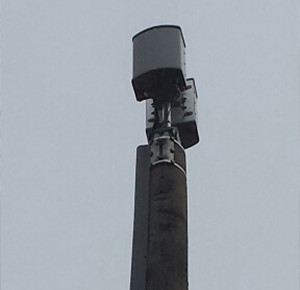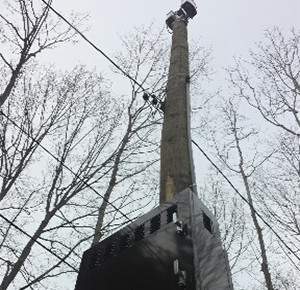Six Good Reasons for a Municipality to Adopt a Telecommunications Ordinance
The federal Telecommunications Act of 1996 prohibits states and towns from deciding cell tower locations based solely on health concerns, but does preserve local/state rights to determine the placement, construction and modification of towers, based on valid zoning standards. Town regulations can provide the following protections against undesirable and unwise cell tower placement.
- A town can adopt zoning regulations to
- Encourage use of certain locations, such as industrial or commercial areas.
- Encourage location on municipally owned properties or rights of way.
- Minimize intrusion into residential and historic districts.
- Encourage consolidation and collocation of tower antennas to prevent proliferation
- Require that municipal first responder services be placed on commercial towers.
- A town can prohibit placement of towers where they spoil scenic views, historic sites, wetlands and aesthetic features and landmarks.
- A town can establish scenic setbacks keeping towers away from roads and important buildings, including schools, libraries, historic structures and important public buildings.
- A town can require tower applicants to provide a site study to show that RF radiation from the tower will meet FCC limits for public exposure, and create adequate coverage without overbuilding a network.
- A town can limit the number, size and design of tower antennas and poles to conform to town aesthetic standards.
- A town can require a public information meeting as part of the state-mandated municipal consultation process for a new cell tower.








